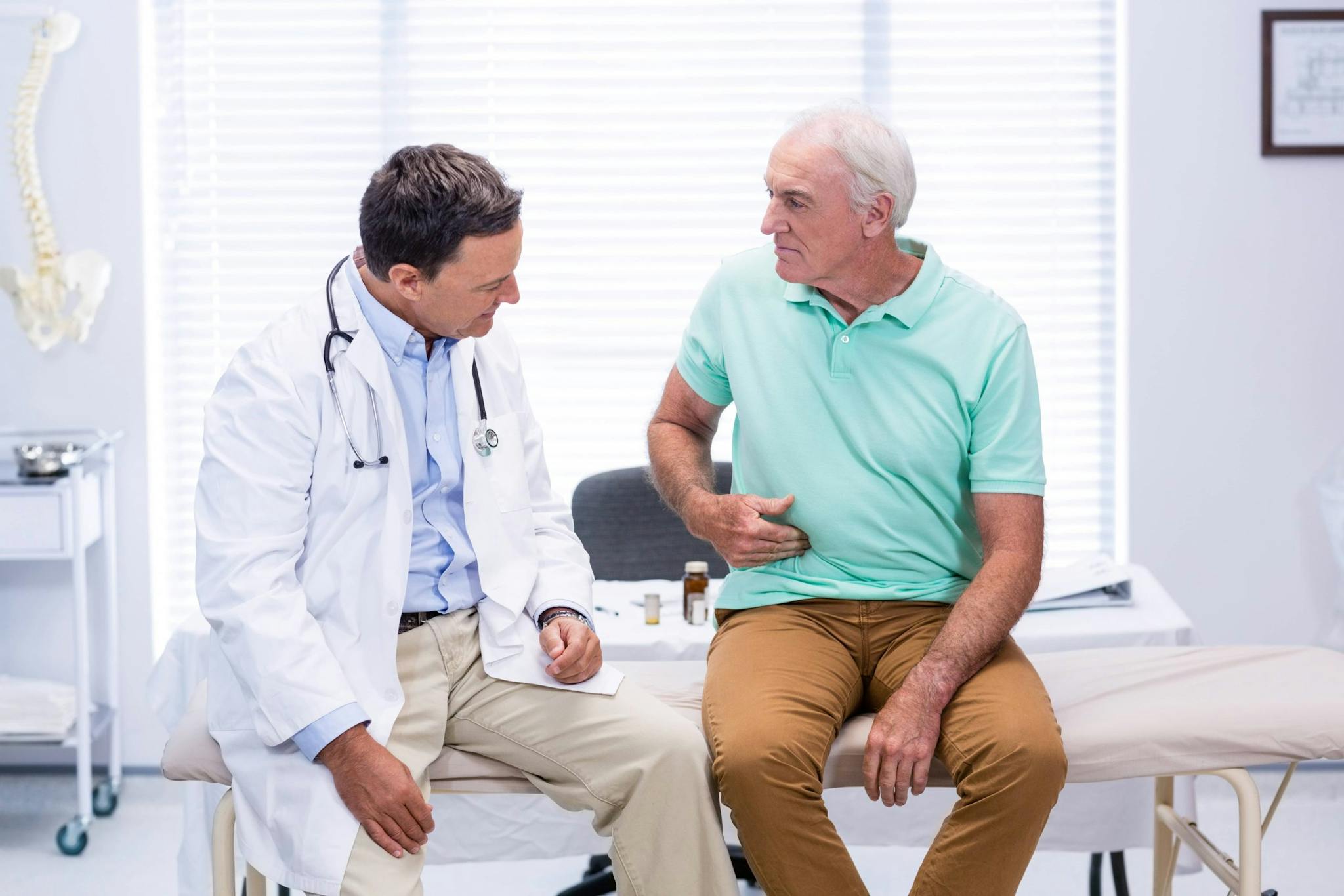
2023-03-27T14:47:45
Why you shouldn’t skip your next colon cancer screening
- Cancer Center
- Gastroenterology
March 3, 2017 | Gastroenterology
Specialties:Gastroenterology

Gallstones are pieces of solid material that form in the body from special digestive fluids. They affect a small but important area of the body—the gallbladder. The gallbladder’s primary purpose is to store bile—a fluid that aids in the digestion process. Gallstones come in varying sizes and can result in a number of complications including blockage, inflammation and, in rare cases, cancer.
There are two primary kinds of gallstones:
Gallstones typically form due to three main reasons:
There are also several factors that may increase your risk of forming gallstones:
Most gallstones never cause problems. Roughly 90 percent of gallstones are tiny, don’t lead to any symptoms and are nothing to worry about. If a gallstone leads to a blockage, either of the gallbladder or the tubing system that connects the liver and the gallbladder to the small intestines, symptoms can develop. These symptoms may include:
In some cases, gallstones can lead to additional complications including:
Doctors use various tests to determine if symptoms are related to gallstones. Again, most gallstones are innocent bystanders and are nothing to worry about. Gallbladder problems, however, are common problems. If you have abdominal pain, nausea or other symptoms that may be due to gallstones, your doctor may use blood tests, special x-rays, ultrasounds, CT scans or other similar diagnostic tests to further evaluate your symptoms.
If treatment is necessary, the following are possible approaches to gallstone problems:
The following may help lower your risk of gallstone-related problems:
If you’re concerned you might have problems related to your gallbladder or gallstones, speak to your doctor about your treatment options.
I grew up in Utah County and graduated from Brigham Young University. I received my medical degree from the University of Virginia, and I finished my residency in internal medicine at the University of Utah where I also served as chief medical resident. As a doctor, I recognize the tremendous trust my patients place in me, and I do my best to help them understand not only their medical issues but also the plan—the how and why—behind helping them feel better. I love the challenge posed by all gastrointestinal disorders but especially enjoy the challenges and intricacies of Crohn’s disease and Ulcerative Colitis.
“Gallstones: What You Should Know.” WebMD. http://www.webmd.com/digestive-disorders/gallstones#1
“Gallstones.” The Mayo Clinic. http://www.mayoclinic.org/diseases-conditions/gallstones/basics/definition/con-2002046
WRITTEN BY:
The Live Better Team


2023-03-27T14:47:45

2021-09-02T11:02:37

2018-02-28T12:25:41

2018-01-31T11:15:50
This information is not intended to replace the advice of a medical professional. You should always consult your doctor before making decisions about your health.